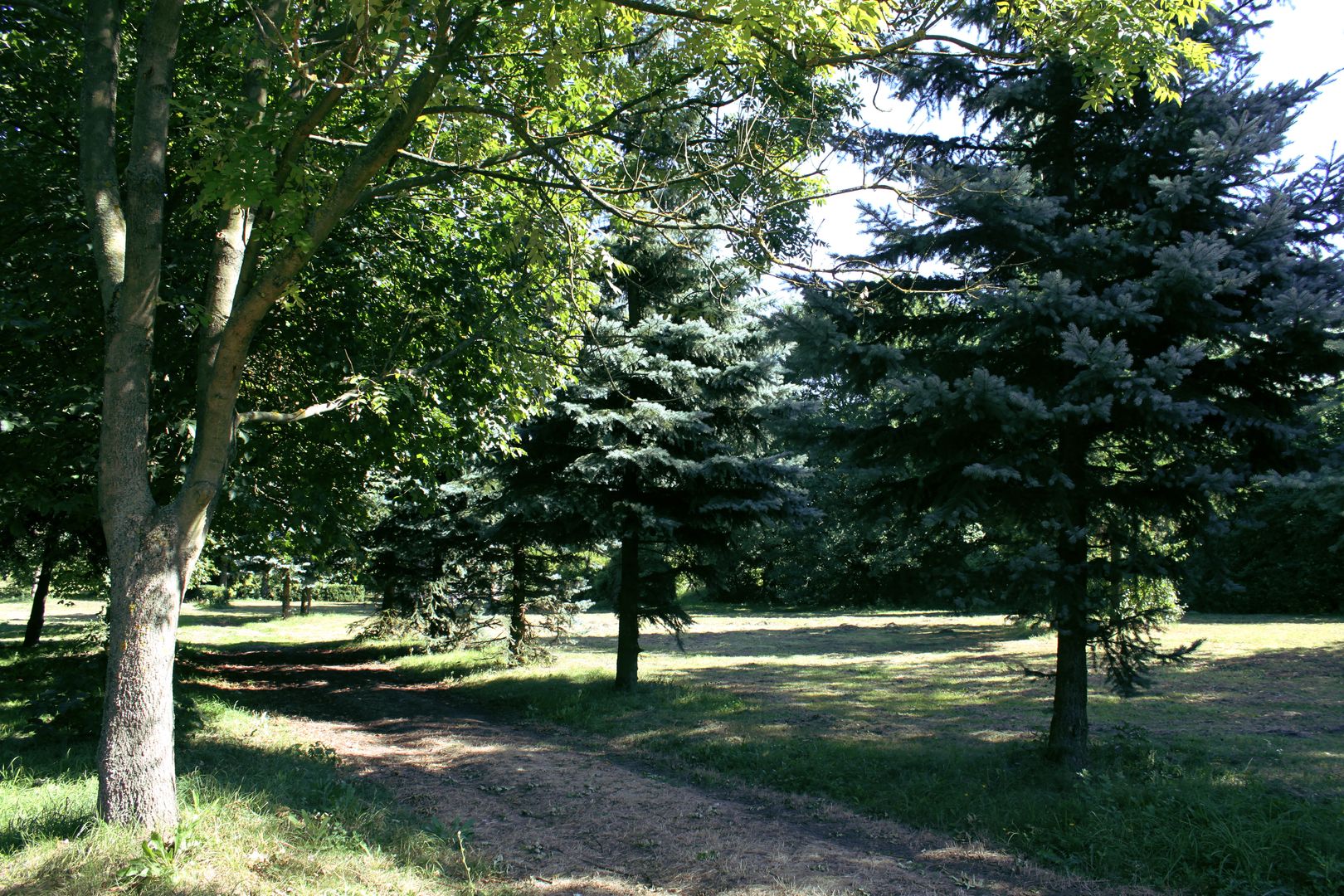Seroczki
6.19

Overview
Seroczki is a village in Poland located in the Kuyavian-Pomeranian Voivodeship, inhabited by approximately 250 people. The history of the locality dates back to the 16th century, and its name derives from the Serocki family. In the 19th century, the village was owned by the Bogatko family of the Pomian coat of arms, who played a significant role in local history. In 1827, Seroczki had 16 houses and 155 inhabitants, with the manorial lands covering 1,030 morgs. After World War I, the village was part of the Warsaw Voivodeship and later the Pomeranian Voivodeship. The most important events associated with Seroczki include the sale of land for the construction of a military airfield before World War II and the takeover of the estate by the State Agricultural Farm (PGR) after the war. The village is known for its historic manor complex with a park, which includes an octagonal chapel from 1780, a Neoclassical manor house from 1880, and a park with a Neo-Gothic gate. Seroczki is also traversed by the tourist trail of the January Uprising in Kuyavia. It is also worth mentioning the football team LZS Piorun, which was active in the 1980s. Notable figures associated with Seroczki include Antoni Bogatko, who was the owner of the estate in the 19th century, his descendant Józef Bogatko, and Grzegorz Benedykciński, the mayor of Grodzisk Mazowiecki. The palace in Seroczki, which has survived for many years, is now in a state of disrepair but still attracts attention, while the nearby chapel serves as a place of prayer for the locals. The stories of the Bogatko family reflect the difficult history of the landed gentry, and their entries in historical documents reveal the cultural and architectural richness of the region, which, unfortunately, has eroded over the years.
Location
2025 Wizytor | All Rights Reserved